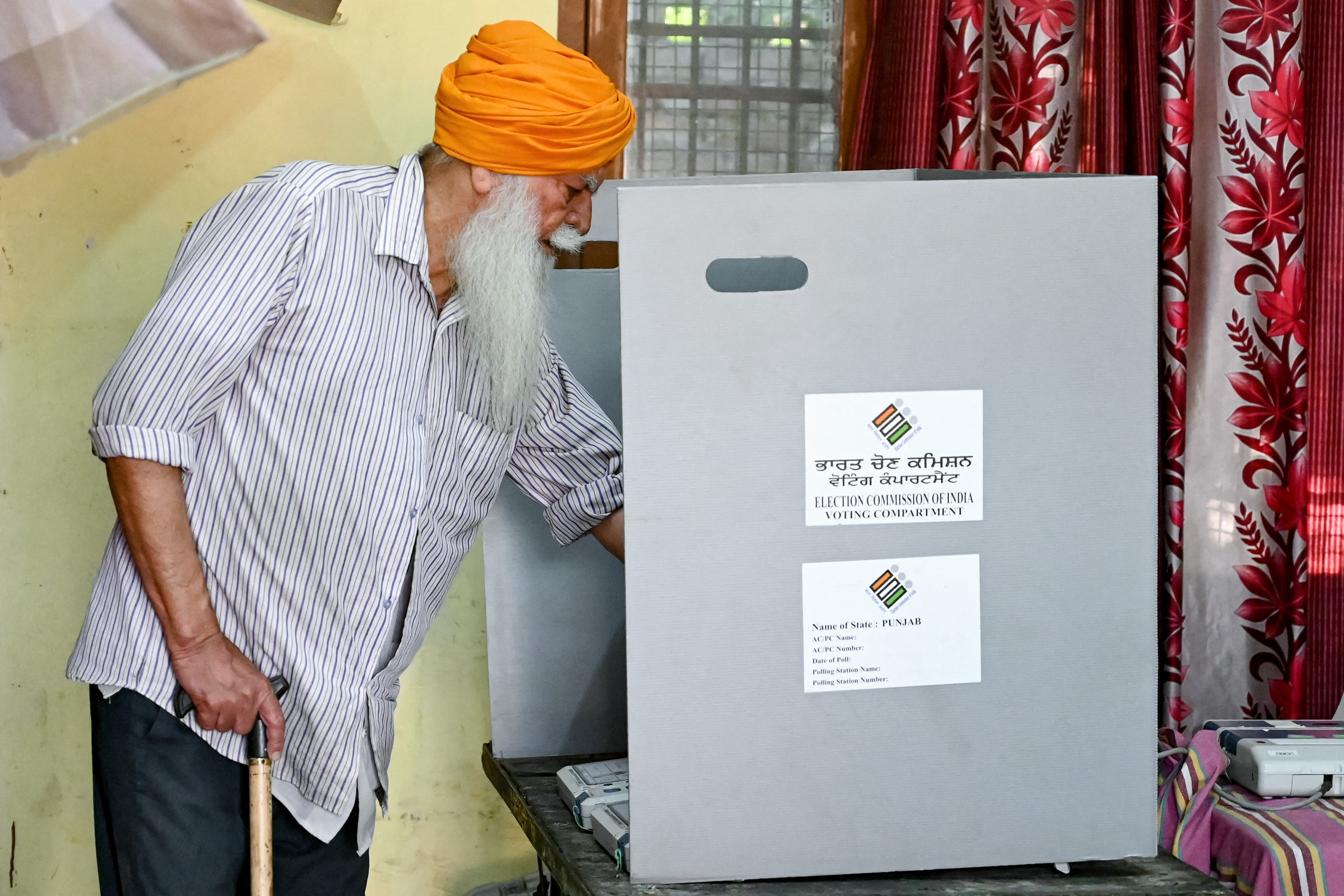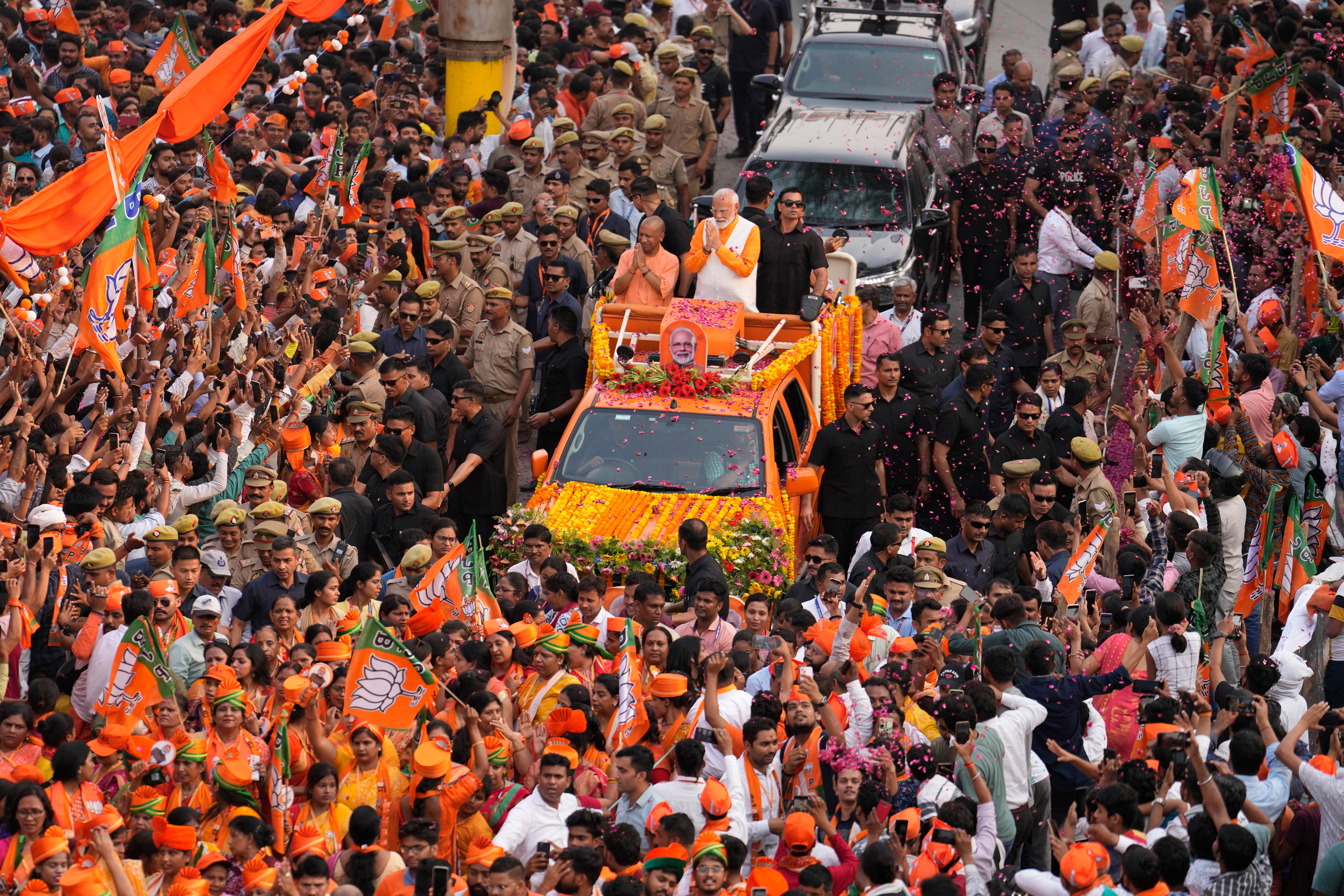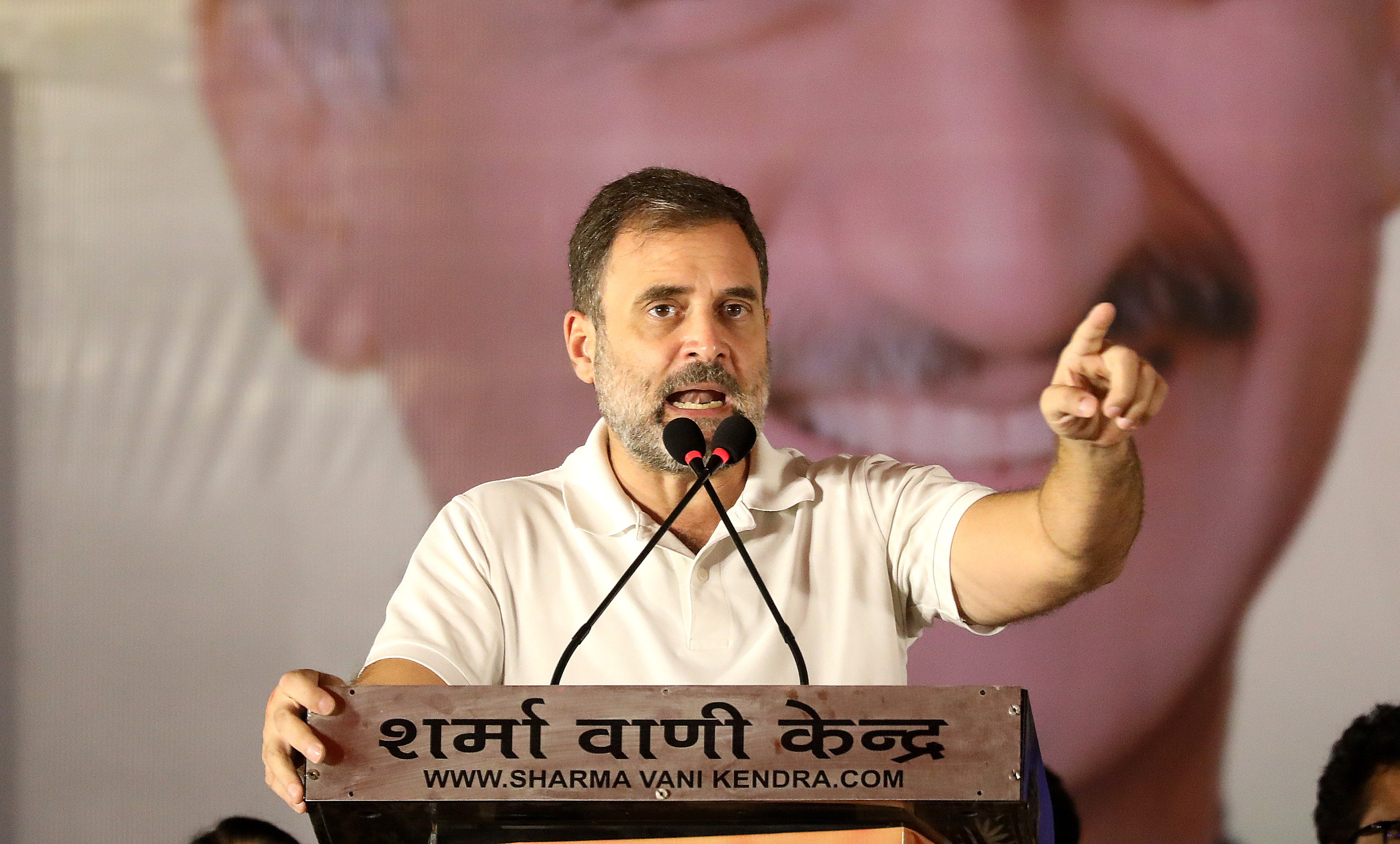The seven voting phases in India’s general election came to an end on Saturday with almost a billion people eligible to cast their ballots in the biggest democratic exercise in history.
Indian prime minister Narendra Modi is widely expected to win a third successive term when the votes are counted on 4 June, with results expected on the same day. To do so, his BJP-led NDA alliance will need to secure at least 272 seats in the 543-seat lower house of parliament, or Lok Sabha.
But a reduced voter turnout in the general election that began on 19 April, and a more unified opposition under a coalition of more than two dozen parties forming the INDIA bloc, have emerged as an unexpectedly strong challenge for him.
How are votes counted?
The count for Indian elections is decentralised, taking place simultaneously at counting stations in each of the 543 constituencies around the country.
It begins at 8am on 4 June with the tallying of postal ballots that only select groups can use, including people with disabilities, or those involved in essential services including security forces and some government officials.

After paper ballots, votes recorded in the Electronic Voting Machines (EVM) are counted, which India has used since 2000, moving away from paper ballots for national and state elections.
Along with the electronic record of each vote cast through the EVM, a corresponding paper slip is also produced, which is visible to the voter, and then stored in a sealed box.
The poll watchdog, the Election Commission of India (ECI), counts and verifies these paper slips against electronic votes at five randomly selected polling stations – drawn by lots – in different segments of each constituency.
While critics and some members of civil society, including some political parties, want verification to be done at more booths to increase transparency, the Supreme Court has declined to order any change in the vote-counting process.
Results are announced for each constituency as soon as counting is completed. India follows the first-past-the-post system, under which each constituency is won by the candidate with the highest number of votes, regardless of whether they achieved an outright majority.

Result trends generally become clear by the afternoon of counting day and are flashed on television news networks. The official count from the ECI can come hours later.
What happens after the results are announced?
After the ECI announces the results for all 543 seats, the president invites the leader of the party, or alliance, which has more than half the seats to form the government.
The party or coalition with 272 or more seats then chooses a prime minister to lead the government.

In the 2019 elections, Mr Modi’s Hindu-nationalist Bharatiya Janata Party won 303 seats – the most ever since the Hindu nationalist party was formed in 1980. Its National Democratic Alliance partners secured about 50 more, taking the total tally to 352. Meanwhile, the main opposition Congress won just 52 seats, with another 91 seats going to its allies.
If no political party or alliance gets a simple majority, leading to what is called a “hung house”, the president asks the party with the largest number of seats to form a government, and prove a majority on the floor of the house later.
A new Lok Sabha, the lower house of parliament, has to be in place before its current term ends on 16 June.








